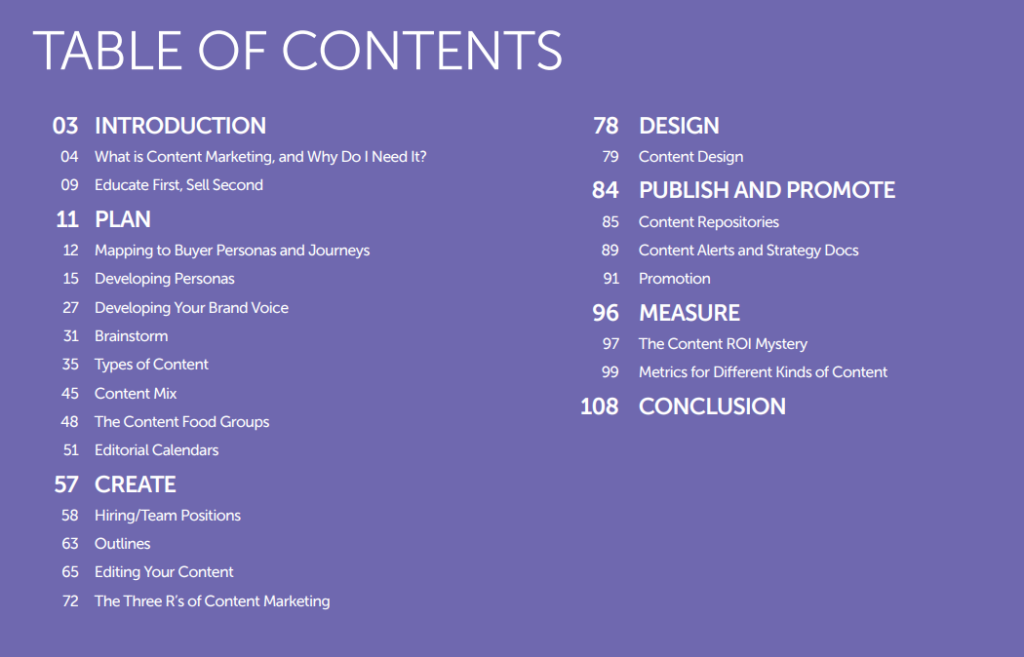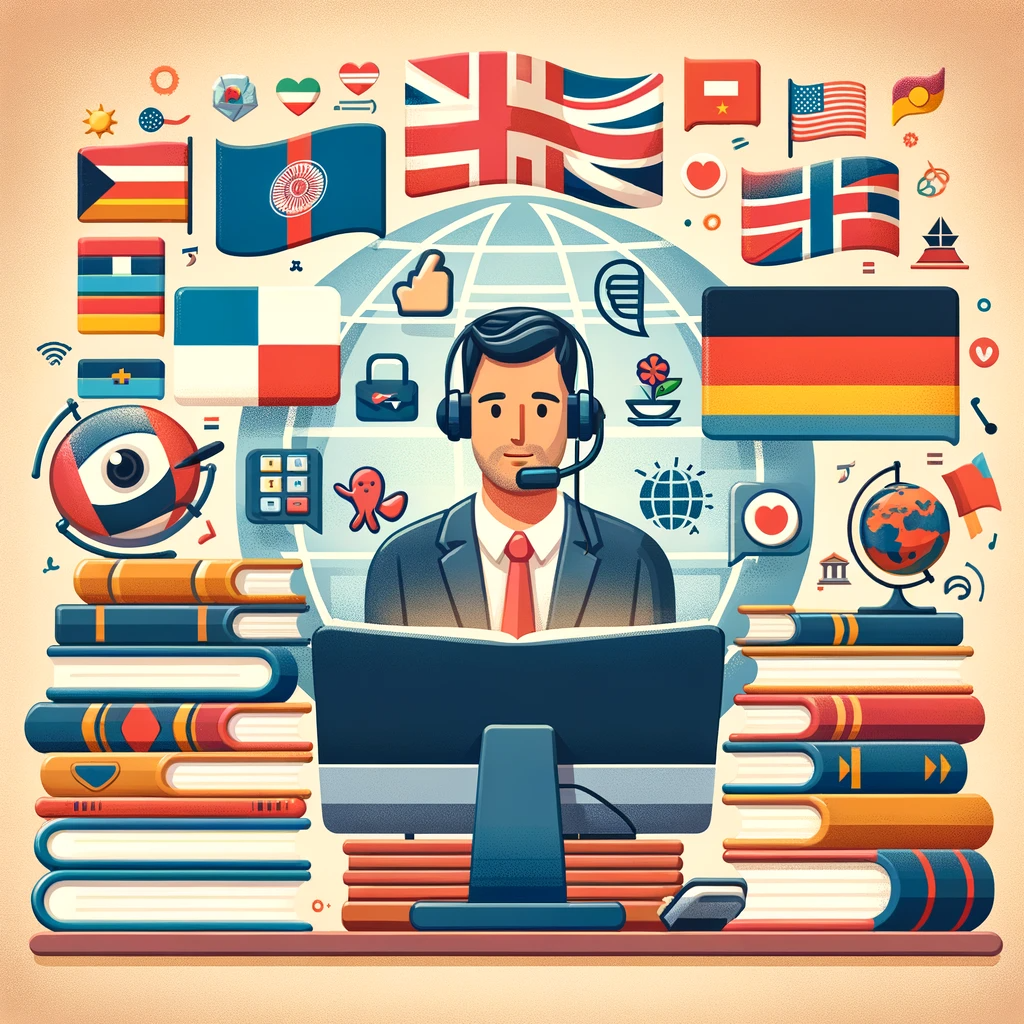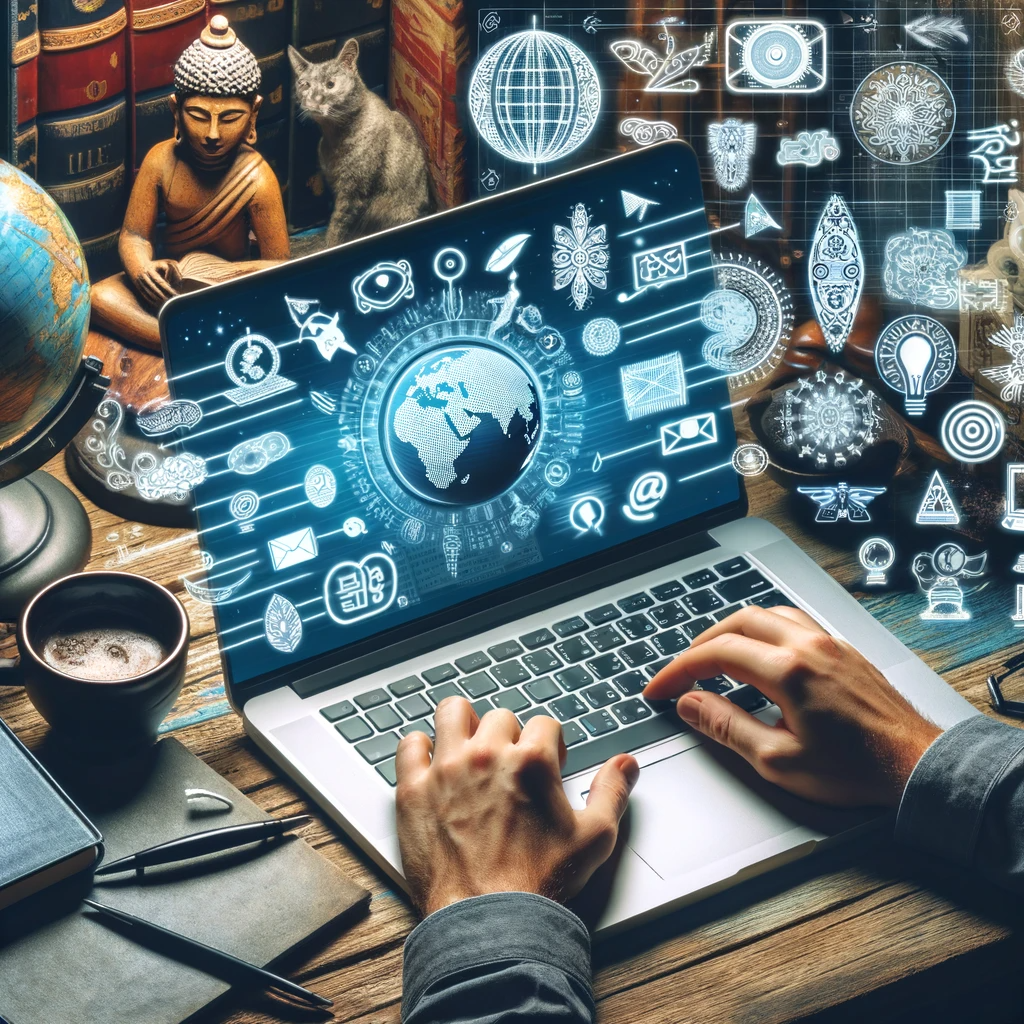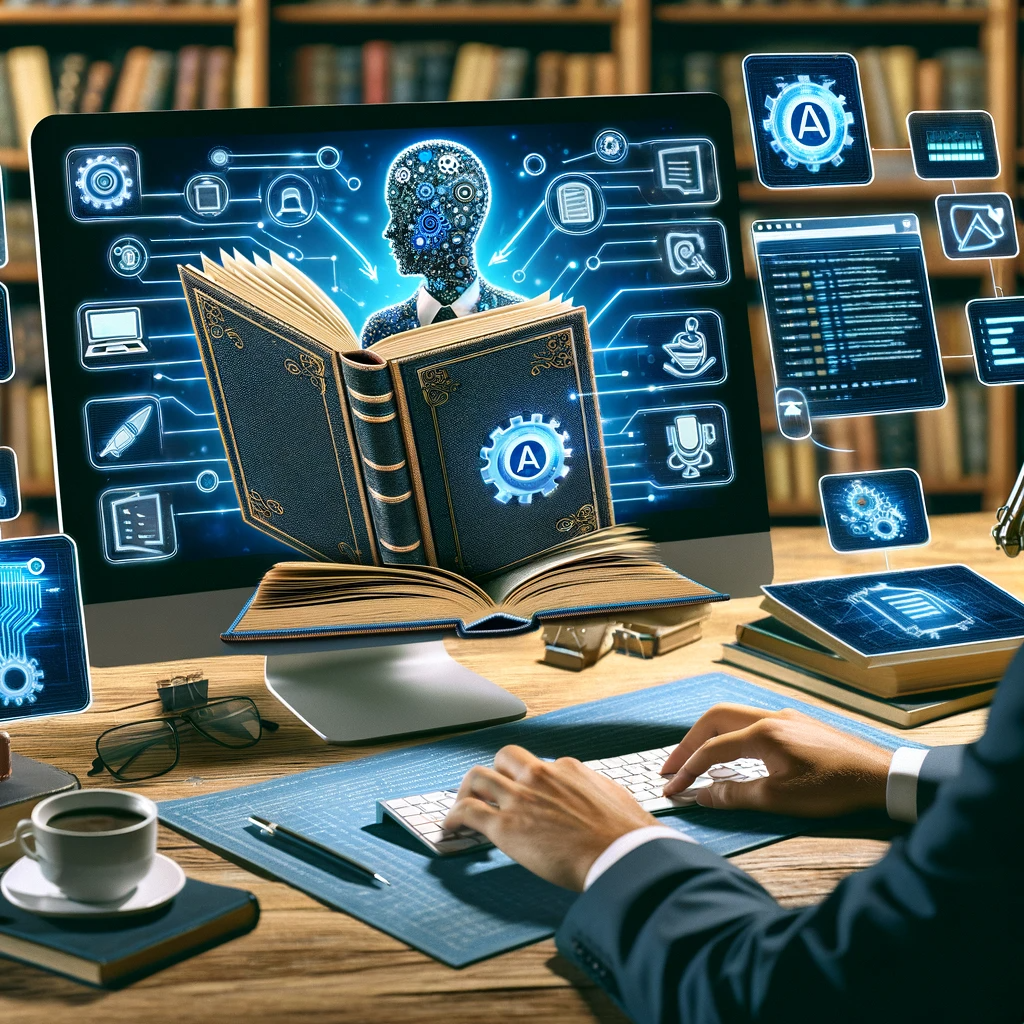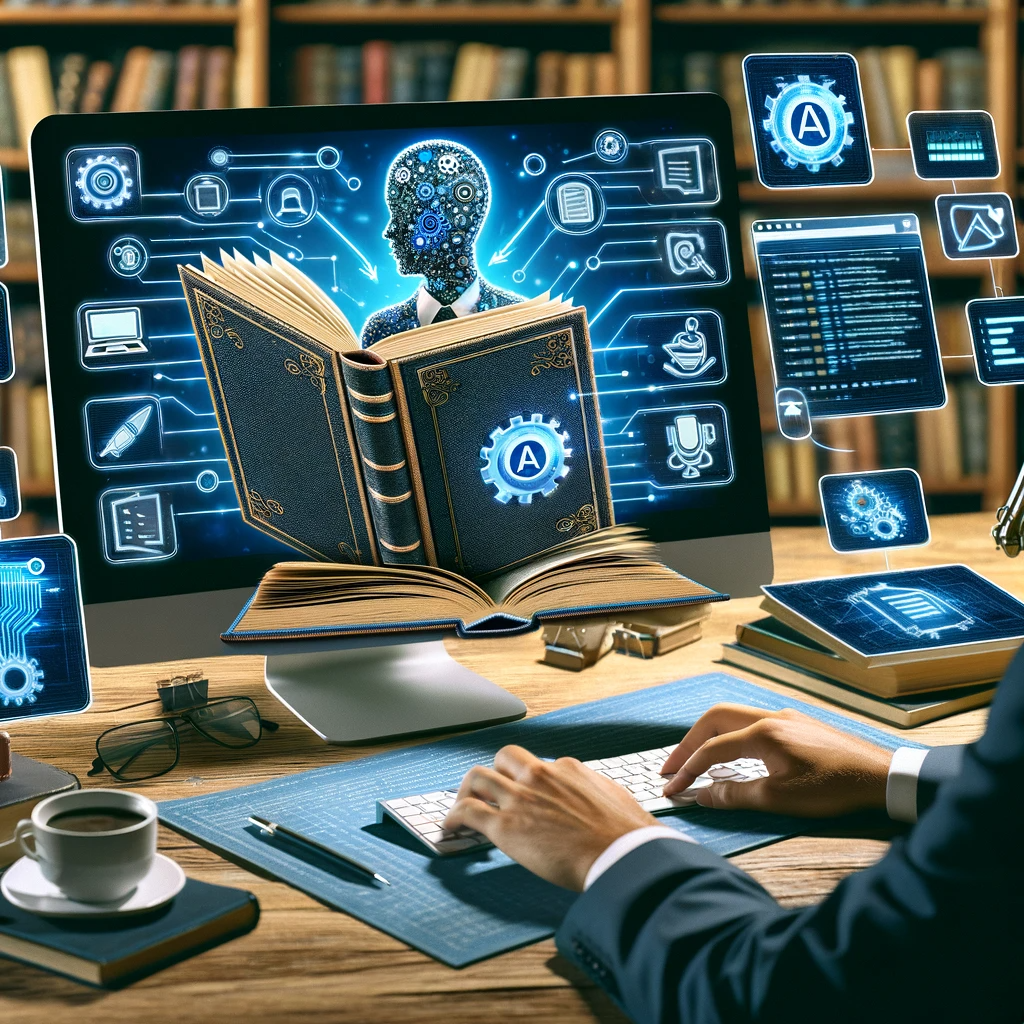Translating Political Articles Effectively – How To?
In our interconnected world, translating political articles plays a pivotal role in global communication and understanding. Whether you’re a professional translator, a journalist, or someone interested in international politics, this article provides a detailed guide on how to effectively translate political articles.
Understanding the Complexity of Political Articles
Political articles often contain complex ideas, nuanced language, and specific terminologies. Understanding the context, the political environment, and the cultural background of the source material is crucial. This section can delve into the intricacies of political language and its impact on accurate translation.
Preparation: Research and Understanding
Before starting the translation, thorough research is necessary. Familiarize yourself with the political context of both the source and target languages. Understanding political ideologies, historical references, and the socio-political background of the countries involved can significantly improve the quality of your translation.

The Translation Process: Accuracy and Neutrality
Maintaining accuracy and neutrality is paramount in political translation. This part of the article can focus on techniques to preserve the original tone and message without inserting personal biases or altering the meaning. It’s essential to be aware of and avoid political biases that may influence the translation.
Challenges in Political Article Translation
Discuss common challenges such as dealing with propaganda, sensitive topics, and censorship. Highlight the importance of ethical considerations and maintaining integrity in translation.
Use of Technology in Translation
Explore how modern translation tools and software can aid in translating political articles. However, emphasize the need for human oversight to ensure nuances and context are accurately conveyed.
A translation tool that you might want to explore, which is capable of accurately translating specialized terms, including those in the field of political science, is Doctranaslate.io.
Tips for Effective Political Translation
Provide practical tips like keeping up-to-date with current political events, consulting with political experts, and double-checking facts and figures for accuracy. Encourage continuous learning and staying informed about global political changes.
Conclusion
Summarize the key points and reiterate the importance of accuracy, neutrality, and ethical considerations in translating political articles. Highlight the role of translators in bridging communication gaps in the political sphere.
Invite readers to engage further by seeking professional translation services, attending workshops, or joining online forums for translators specializing in political content.









